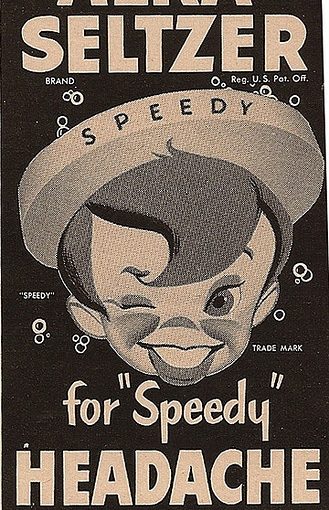SBOBET
https://sbobet88888888.com
https://www.sbobetmember.com
These seven terms are the general ones related to the sale of ad publishing in magazines. Their understanding will help you be ready and help you to ask the right questions about the issue.
One – End Date
Although a few weeks are closed and print very quickly, most monthly and quarterly closing dates are pre-printed on the page "or the date of publication. Typical Monthly Values one month to six weeks before, so in July you close your September advertisers.
Two-Paid or Unpaid
This is when the time is free to record and read
Three – Media Kit
This is the primary literature of the advertiser 's sales representative. It contains general information about the release,
Four-Rate Card
That a is a site or document describing formal real estate for ads for the various sizes and colors of ads in the book. Some versions are very strict to be on card cards, but other coupon card cases. Ask what the clean card is in the publication.
Fifty Offer
This is usually part of the price card and gives a discount on the number of issues that the advertiser commits to when buying the ad.
Sex Ad Rank
This reflects where the magazine advertisement is placed and very unlisted spots usually control the premium. In general, the back side is the most popular after the intravenous follow-up. Some advertisers like certain spots, such as watching the crossword, or turning a monthly column.
Seven – Additional Change Ratio
This reflects the percentage of the book or magazine assigned to the ad area and the ratio assigned to the editorial board. Although the 50/50 rate is common, there are no exceptions. Vogue for example, usually runs a 70/30 rate. Ask what the ad quota is in the release. This will tell you the relative importance of the Ad Division to overall health and can also tell you where the power is in the publication.
Use these terms to ask straight questions and get to know the actual version you want to work for – you might find certain policies and styles as the basis for your product.
Another thought is that you can use this knowledge if you want to change your product or service for ads on a page.
Copyright 2009

